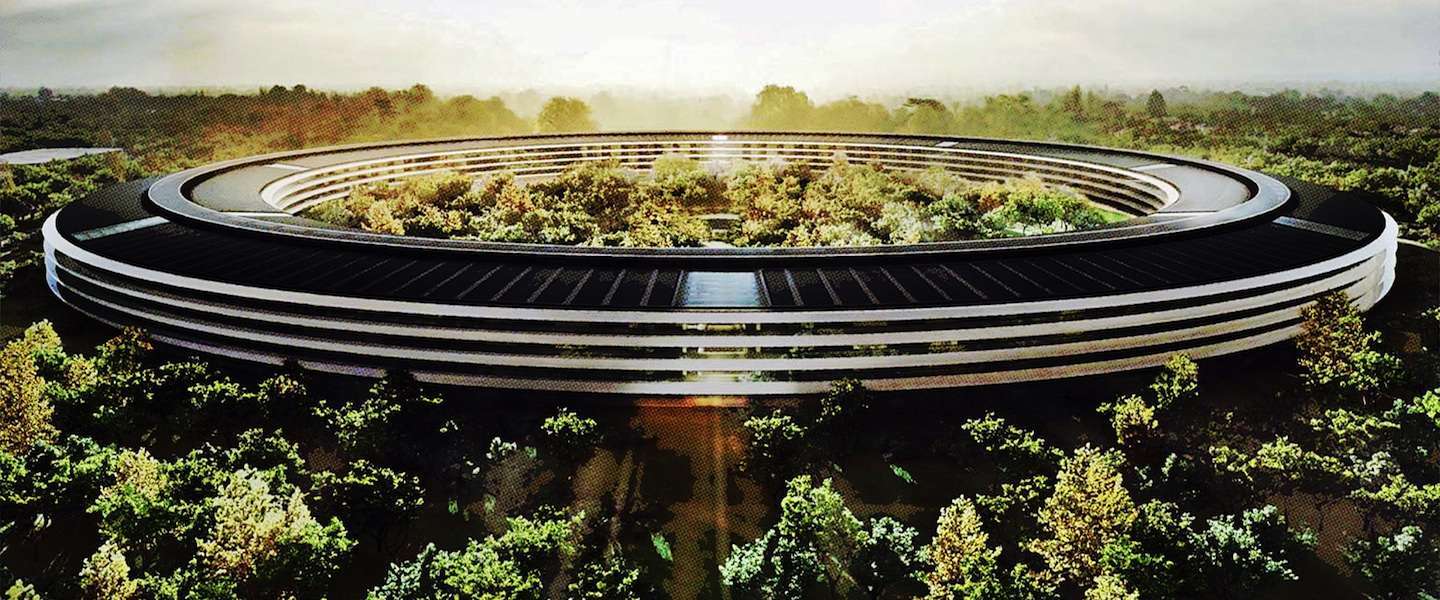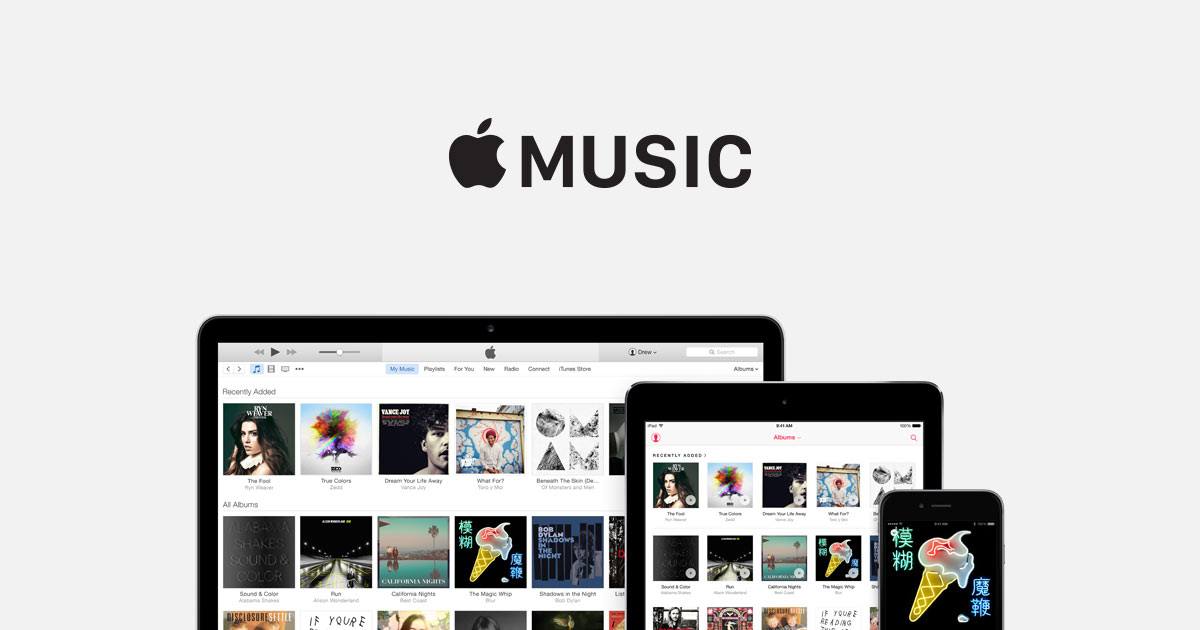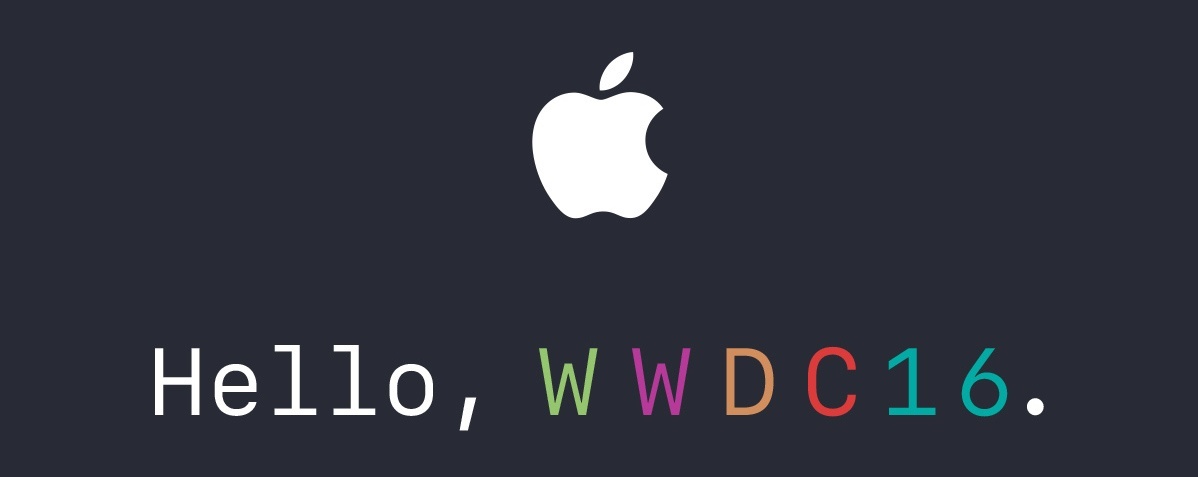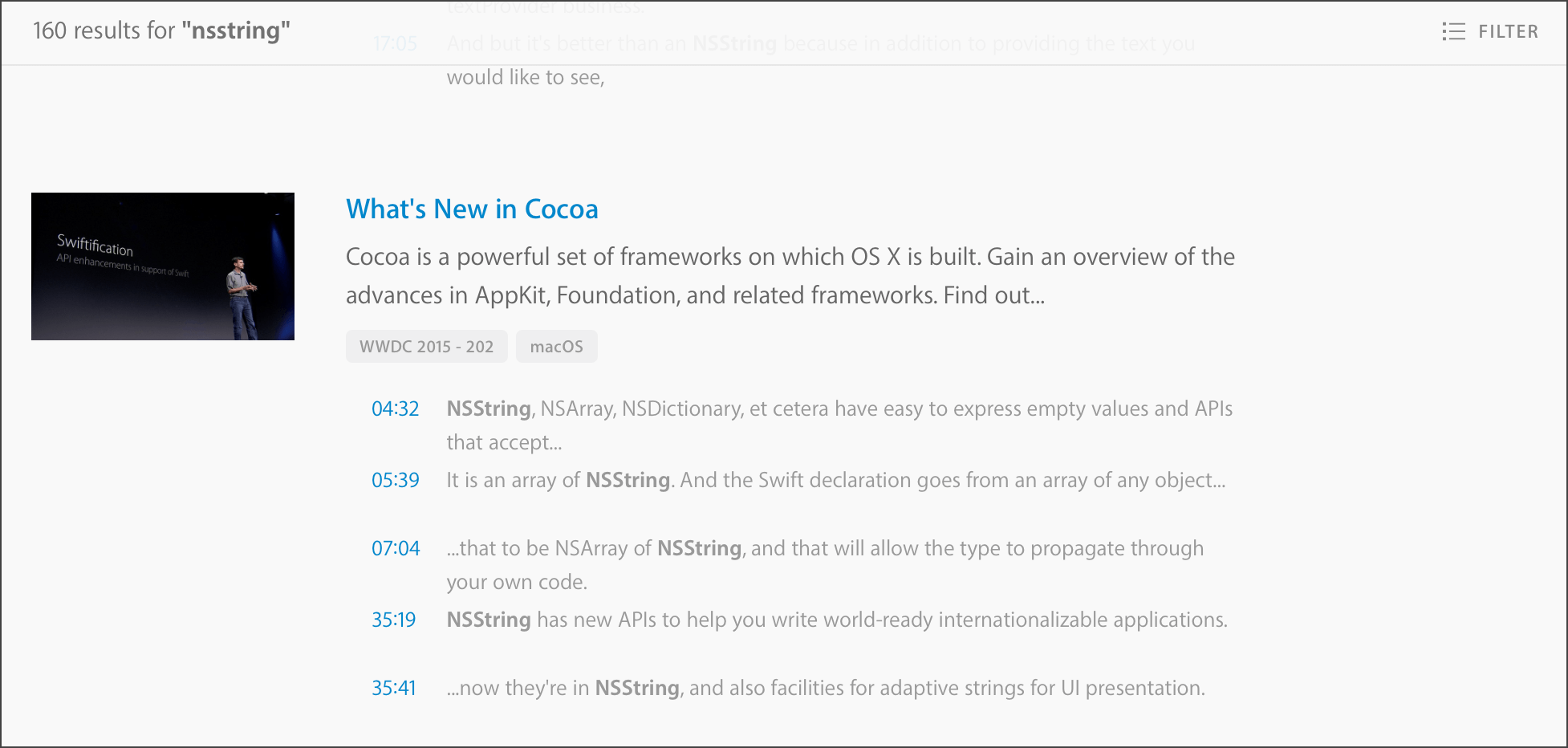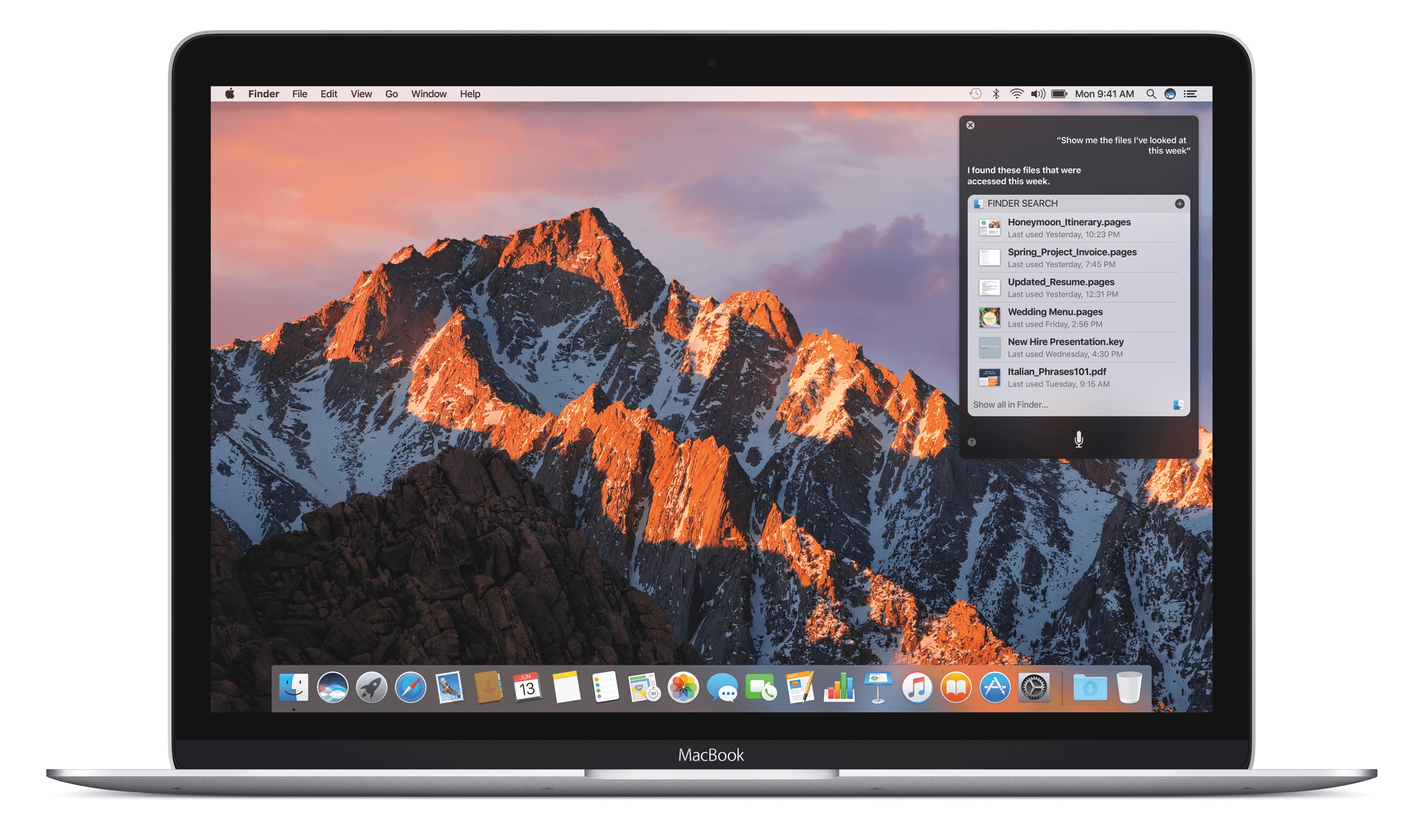The scale of Apple Campus 2 is hard to comprehend. Built on 176 acres in Cupertino, California that was previously owned by Hewlett-Packard, Apple Campus 2 will have a circumference of one mile and accommodate around 13,000 employees.
Just as hard to grasp is the level of precision and detail that has gone into building Apple Campus 2. Apple Insider takes a look at the thought and care that has gone into one aspect of Apple Campus 2 – the glass.
The vast glass façade panels surrounding the exterior Spaceship Ring are 46 foot (14m) long and more than 10 feet (3m) tall, while the interior, courtyard-facing panels are just under 36 feet (11m) long. Both sets of panels are precisely curved to form the iconic building’s cylindrical glass curtain.
Apple Insider explores the process by which sedak, a German glass manufacturer that has worked on projects like the glass staircases in some Apple stores, built hundreds of giant curved-glass panels to within 0.8mm of Apple’s specifications, which is a substantially closer tolerance than standard glass panels. Once completed, each panel weighs up to 2 tons and was shipped across the Atlantic Ocean, through the Panama Canal, and then trucked to Cupertino in 20 ton bundles.
While the story behind the enormous glass installation at Apple Campus 2 is impressive in its own right, I agree with Apple Insider that:
Apple’s ability to design and implement products ranging from the microscopic A10 [chip] to the massive Campus 2 to the human scale of Mac Pro—and its ability to partner with both leading, global giants and groups of smaller, local businesses—suggests incredible potential for the company in other new markets, ranging from clean energy to automotive to new cloud services and advanced new computing devices.


